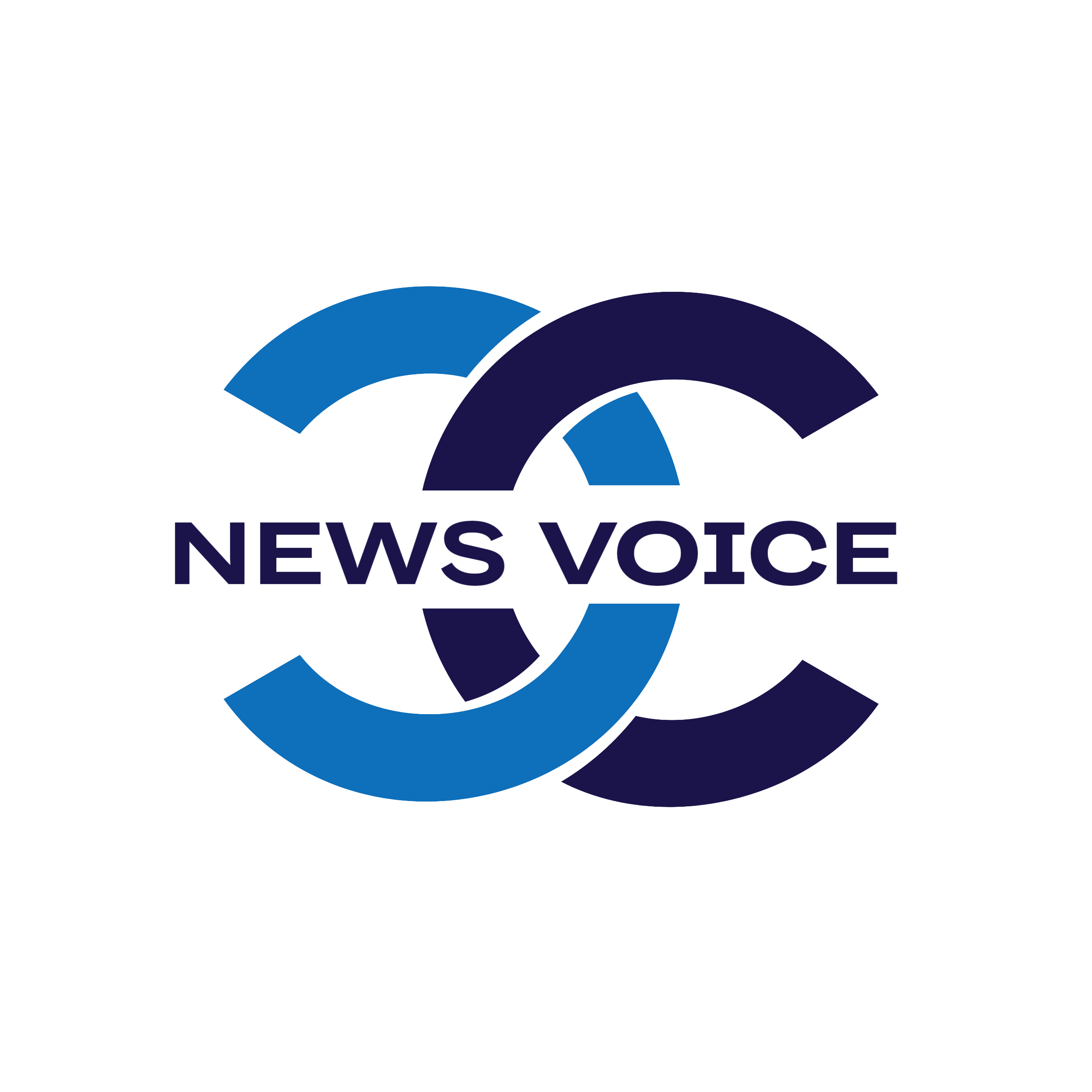Atomic-scale analysis equipment Redefining Accuracy in Nanoscale Research
Atomic-scale analysis equipment is vital for exploring materials and phenomena at the atomic level. This equipment includes advanced tools such as atomic force microscopes (AFM) and scanning tunneling microscopes (STM), which allow scientists to visualize and manipulate individual atoms. The demand for atomic-scale analysis is increasing as researchers seek to understand the fundamental properties of materials and develop new technologies. Innovations in this area are driving advancements in various fields, including nanotechnology, materials science, and quantum computing.
Nano metrology, the science of measurement at the nanometer scale, has become an essential part of nanotechnology research and development. This market focuses on instruments and techniques used to measure materials and structures with nanometer precision. It serves crucial roles in industries such as semiconductors, healthcare, materials science, and automotive manufacturing. As technology continues to miniaturize, nano metrology ensures accuracy, consistency, and performance in nanoscale products. The increasing need for precise measurement solutions in research and production drives significant growth in this market.
Key Market Drivers
The rapid expansion of the semiconductor industry is one of the primary drivers of the nano metrology market. As chip designs become more compact and complex, accurate nanoscale measurement becomes vital for quality control and yield optimization. Additionally, advancements in medical diagnostics and nanomaterial engineering are creating new opportunities for nano metrology applications. The growing emphasis on miniaturized electronic devices and high-precision manufacturing has further accelerated demand for advanced metrology tools.
Technological Advancements and Innovations
Modern nano metrology relies on various high-resolution techniques such as atomic force microscopy (AFM), scanning electron microscopy (SEM), and optical interferometry. These technologies allow researchers to observe and manipulate matter at the atomic level. Continuous innovation has led to instruments with improved speed, resolution, and automation capabilities. Integration with artificial intelligence and machine learning enables real-time data analysis, making metrology more accurate and efficient. The combination of these technologies supports rapid advancements in nanotechnology-based industries.
Market Challenges and Opportunities
Despite its growth, the market faces challenges related to high instrument costs, technical complexity, and the requirement for specialized expertise. However, as research funding in nanotechnology increases and manufacturing processes evolve, these barriers are gradually diminishing. Emerging markets in Asia-Pacific and Europe are investing heavily in nanotechnology infrastructure, offering promising growth opportunities for nano metrology equipment manufacturers. Additionally, innovations in cost-effective and portable instruments are expanding accessibility across industries.
Regional Analysis
North America and Europe hold dominant positions due to their advanced research facilities and strong semiconductor industries. Asia-Pacific, led by countries such as China, Japan, and South Korea, is rapidly catching up, driven by technological investments and manufacturing advancements. The growing focus on nanomaterials and quantum computing is also enhancing the region’s market prospects.
Future Outlook
The future of the nano metrology market lies in automation, digitization, and integration with emerging technologies like AI and IoT. As industries adopt nanoscale innovations, the demand for precise and reliable measurement systems will continue to increase. Manufacturers focusing on flexible, user-friendly, and cost-effective metrology solutions are expected to lead the market in the coming decade.
FAQs
Q1: What industries use nano metrology the most?
A1: Semiconductors, healthcare, materials science, and electronics industries are major users.
Q2: What technologies are commonly used in nano metrology?
A2: Atomic force microscopy, scanning electron microscopy, and interferometry are widely used.
Q3: What is driving the growth of nano metrology?
A3: The demand for precision in nanotechnology, miniaturized devices, and advanced manufacturing.
More Related Reports:




